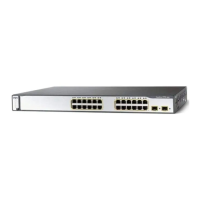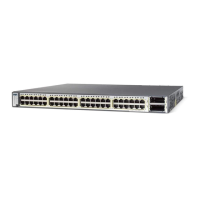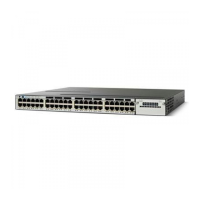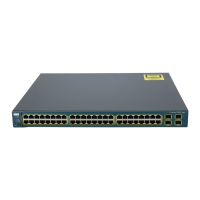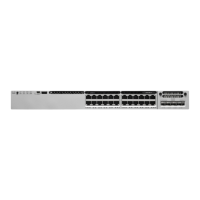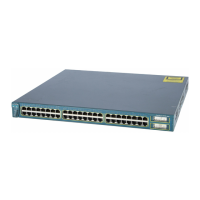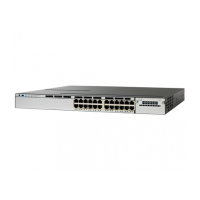Contents
xii
Catalyst 3750 Metro Switch Software Configuration Guide
78-15870-01
CHAPTER
13 Configuring IEEE 802.1Q and Layer 2 Protocol Tunneling 13-1
Understanding 802.1Q Tunneling 13-2
Configuring 802.1Q Tunneling 13-4
Default 802.1Q Tunneling Configuration 13-4
802.1Q Tunneling Configuration Guidelines 13-4
Native VLANs 13-4
System MTU 13-5
802.1Q Tunneling and Other Features 13-6
Configuring an 802.1Q Tunneling Port 13-6
Configuring VLAN Mapping 13-7
Default VLAN Mapping Configuration 13-8
Mapping Customer VLANs to Service-Provider VLANs 13-8
Mapping Customer 802.1Q Traffic with VLAN IDs 13-9
Understanding Layer 2 Protocol Tunneling 13-10
Configuring Layer 2 Protocol Tunneling 13-12
Default Layer 2 Protocol Tunneling Configuration 13-13
Layer 2 Protocol Tunneling Configuration Guidelines 13-13
Configuring Layer 2 Tunneling 13-14
Monitoring and Maintaining Tunneling and Mapping Status 13-16
CHAPTER
14 Configuring STP 14-1
Understanding Spanning-Tree Features 14-1
STP Overview 14-2
Spanning-Tree Topology and BPDUs 14-3
Bridge ID, Switch Priority, and Extended System ID 14-4
Spanning-Tree Interface States 14-4
Blocking State 14-5
Listening State 14-6
Learning State 14-6
Forwarding State 14-6
Disabled State 14-7
How a Switch or Port Becomes the Root Switch or Root Port 14-7
Spanning Tree and Redundant Connectivity 14-8
Spanning-Tree Address Management 14-8
Accelerated Aging to Retain Connectivity 14-8
Spanning-Tree Modes and Protocols 14-9
Supported Spanning-Tree Instances 14-10
Spanning-Tree Interoperability and Backward Compatibility 14-10
STP and IEEE 802.1Q Trunks 14-10
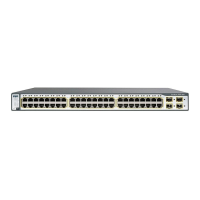
